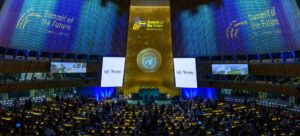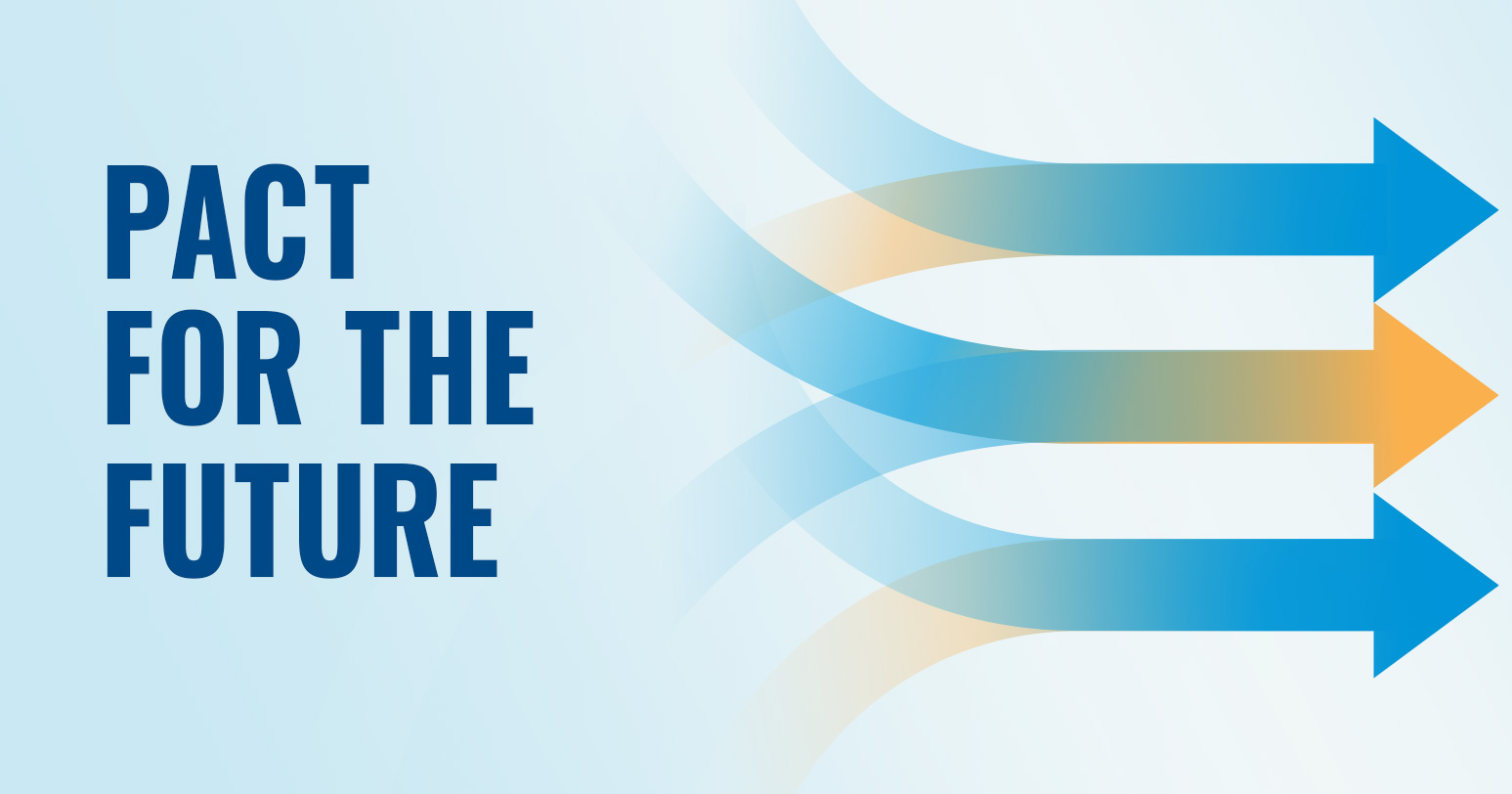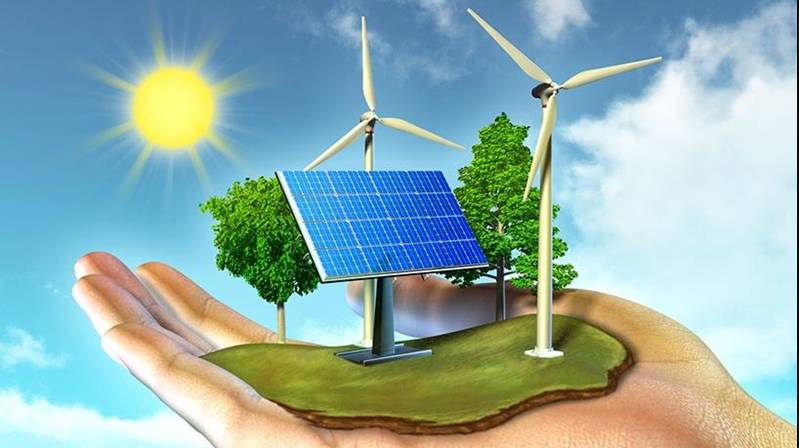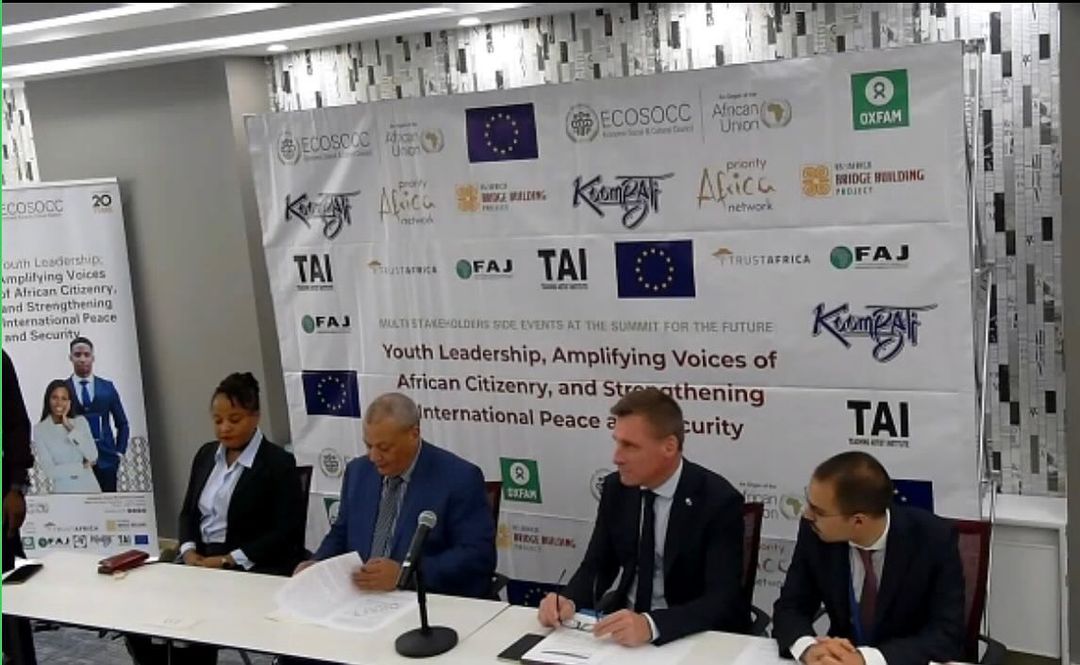World leaders at the United Nations (UN) have adopted the historic “Pact for the Future,” a comprehensive framework to overhaul global governance and address emerging global challenges. This multi-faceted agreement includes the Global Digital Compact and the Declaration on Future Generations, aiming to reshape international cooperation for a rapidly changing world.

Read also: UK government pledges £1.9 million to boost science and tech in Ghana and Nigeria
Pact of the Future pillars
The Pact reflects a shared commitment to revitalise the UN and ensure that international institutions are fit for the modern world. Leaders underscored the importance of strengthening global governance, focusing on inclusivity and representation, and adapting to 21st-century realities. As UN Secretary-General António Guterres emphasised, “We cannot create a future fit for our grandchildren with a system built by our grandparents.”
The Pact is built on several key pillars and covers many critical global issues. One of the Pact’s significant breakthroughs is the most vital commitment to UN Security Council reform in decades, focusing on addressing Africa’s historic underrepresentation. It also includes renewed pledges to nuclear disarmament and enhancing international frameworks to prevent militarisation in outer space. Notably, the Pact commits to regulating emerging technologies, including lethal autonomous weapons.
A central aim of the Pact is accelerating progress toward the Sustainable Development Goals (SDGs). The agreement includes calls for a reformed international financial system, granting developing nations more influence in global financial decisions. Additionally, there are provisions to mobilise more funding to help vulnerable nations combat climate change and transition to renewable energy. The Pact affirms the importance of keeping global warming below 1.5°C, with a pledge to achieve net-zero emissions by 2050.
The first global framework for digital cooperation
One of the most ambitious parts of the agreement is the Global Digital Compact, the first global framework for digital cooperation and AI governance. This compact sets out commitments to universal internet access, improved online safety—particularly for children—and equitable governance of artificial intelligence. There is a strong focus on ensuring that technology benefits all people and is anchored in human rights.
The compact also addresses the growing need for data governance, with a pledge to take concrete action by 2030 to make data more accessible, transparent, and governed by international standards.
Read also: Ghana welcomes new battery swapping network launched by Kofa, PASH, Shell, and UK
The Declaration on Future Generations is a critical feature of the Pact, which advocates for long-term decision-making to ensure future generations are considered in today’s policies. Additionally, the Pact calls for deeper engagement with young people, providing them with meaningful opportunities to influence global decisions. Gender equality and women empowerment also receive substantial focus, with the Pact strengthening commitments to protect human rights defenders and women’s rights globally.
The Pact for the Future results from years of consultations, with input from millions worldwide. Over 4,000 participants, including heads of state, government officials, and civil society representatives, attended the Summit of the Future. Action Days that featured significant pledges, including over $1 billion toward advancing digital inclusion, were preceding the summit.
The Pact for the Future marks a transformative moment in global governance, offering a comprehensive strategy for dealing with the world’s most pressing issues. With commitments to international security, digital governance, and sustainable development, it aims to ensure that global institutions can meet the challenges of the 21st century while safeguarding the interests of future generations.
















